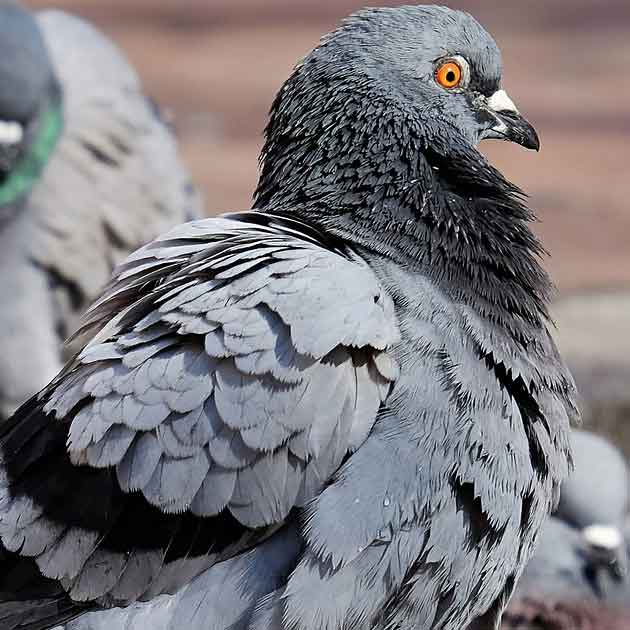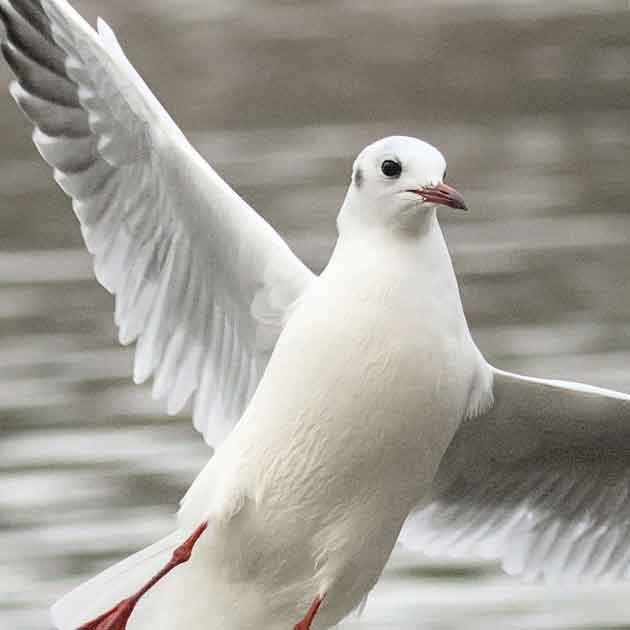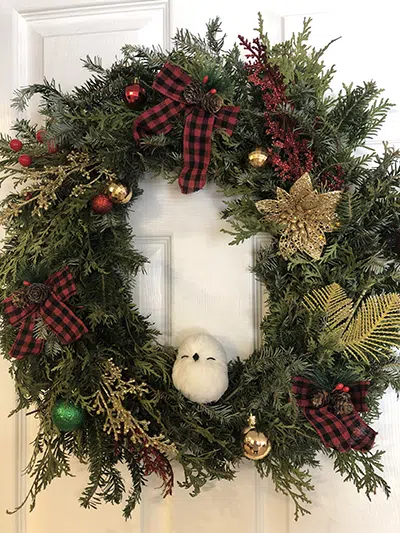Have you ever woken up in the middle of the night to strange noises coming from your attic or chimney? Odds are it’s not a ghost; rather, it’s probably raccoons looking for a comfortable place to rest during the cold winter months. Raccoons will stop at nothing to gain access to a warm, dry, and dark shelter such as an attic or chimney. And in the process, they can cause significant damage, as well as pose health hazards. That is why it is crucial to identify when a raccoon has made a home in your attic or chimney and take the required steps to remove them from your home.

How Do You Know if You Have Raccoons in Your Attic or Chimney?
If you hear strange noises coming from your attic, see tiny “handprints” on the ground outside your home, and/or discover dark, foul-smelling poop, these are all signs of a raccoon infestation in your home.
As raccoons can weigh an average of 15 pounds, you might hear thumping, stomping, or thrashing noises coming from your ceiling. Chittering like birds, snarls, growls, and grunts are also common noises raccoons will make to communicate or when fighting.
If you notice leaves, twigs, and insulation placed in piles or scattered throughout the attic, be weary. Raccoons will use these and other materials to build their nests. Any signs of holes or new openings in the roof or vents usually signify a raccoon has ripped apart a small gap to gain access to your attic.
Raccoons may also designate a latrine inside the attic or on the roof adjacent to where they gained entry. Evidence of raccoon poop and putrid odours from wet spots in the attic will be unmistakable. Raccoon poop is small and cylindrical in shape, much like that of a small dog.
What Problems Can Raccoons in Your Attic Cause?
If you have raccoons in your attic, removal is critical. The damage raccoons cause in the attic can extend to the structural integrity of the building and create a potential health risk to its occupants.
When raccoons attempt to gain access to an attic, it can result in significant damage to the roof, vents, ductwork, and chimney. Loose tiles or shingles can be easily torn apart by the sharp teeth and claws of the animal and lead to major leaks in your home during rainfall or snowfall.
Once inside, the raccoons often manipulate the insulation to build their nests, which can cause “open spots” for hot or cold air to enter. Without proper insulation, a house can develop ice damming on the roof and pipes can freeze and burst when warmed.
The attic also contains electrical wiring for the house and it’s not uncommon for raccoons to chew through this. Frayed or torn wiring can lead to short circuits within the electrical system and/or house fires.
Raccoons are creatures of habit, especially in terms of where they set up their latrines. Raccoon poop and urine contains hazardous substances that if left, can destroy drywall, soak through ceilings under the attic, and cause mould growth.
Raccoon poop and urine also contains harmful bacteria that can cause serious health issues for humans and pets. Raccoons are carriers of diseases such as rabies, leptospirosis, roundworm, salmonella, tularemia, and septicemia.
What Is Raccoon Trapping?
Trapping is a highly effective method of raccoon removal wherein a specifically designed cage is used to lure and capture the wild animal. As per the Agreement on International Humane Trapping Standards (AIHTS) under the Humane Trap Development Committee (HTDC) and the Fish and Wildlife Conservation Act, a licensed trapper must use approved humane traps.
A professional trapper will capture and relocate the animal or capture and permanently remove the pest animal. They will not needlessly or carelessly kill an animal, but they do have the ability to euthanize the animal legally and humanely if required.
Consider Hawkeye for Live Raccoon Trapping
Hawkeye Bird and Animal Control provides safe and effective methods for wildlife removal, control, and management. We are the only pest bird and animal/wildlife control company in Canada to be designated "Certified Wildlife Control Professional" AND hold the following licenses: Trapping of Fur Bearing Animals Permit, Falconry Permit, and Pest Control License.
We use live traps to capture raccoons and remove them from your property. These traps ensure proper ventilation and air flow while protecting the raccoon from environmental elements. We use humane raccoon control methods based on each individual situation. With over 30 years of experience, our trained technicians follow all guidelines and regulations set forth by the
Ministry of Natural Resources and Forestry for trapping, removal, and control.
It's important to note that it is illegal to relocate an animal more than 1 km from the removal site in Ontario. Because of this, raccoons will almost always come back to your home, especially if they have kits inside your house. As a licensed trapper, Hawkeye can collect the mother, baby, and everything else, remove them from your property, and guarantee permanent results.
Exclusion and Prevention Measures
Exclusion involves preventing animals from entering a property and its structures by using specialized wildlife control and management solutions. The following steps can help reduce the presence of raccoons on your property and in your home.
- Sealing entry points: Holes, gaps, or entry points in and around your home should be sealed and closed up to prevent access. Repair and replace all damaged or loose shingles, chimneys, windows, doors, walls, and crawl spaces.
- Removing attractants: As raccoons are drawn to areas where food, water, and shelter are in abundance, secure your trash cans and compost bins. Also, remove any pet bowls and bird feeders from the exterior of your property.
- Maintaining a raccoon-free home: Other preventative measures involve removing any tree limbs that hang near your home, installing motion-sensor lights, and building fencing in and around vegetable gardens. Hiring a professional wildlife specialist to assess your property can also help uncover raccoon attractants.
Learn More About Responsible Wildlife Management
For more information about our wildlife management solutions, contact Hawkeye Bird and Animal Control at (416) 429-5393, via our website, or email [email protected]














